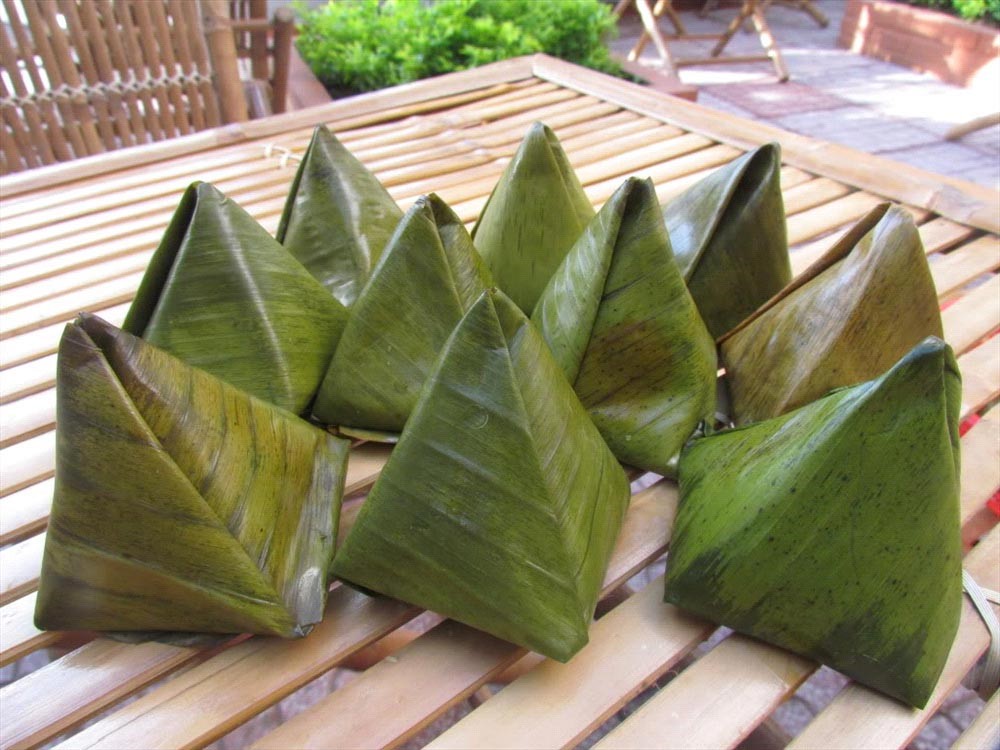History
The word Halloween comes from Hallowe’en, meaning “hallowed evening” or holy evening, also known as Allhalloween, All Hallows’ Eve or All Saints’ Eve.
It is widely believed that Halloween traditions came from ancient Celtic harvest festivals, or the Festival of Samhain, although some people support the view that Halloween began independently as a Christian festival. The word itself is a Scottish term for All Hallows Eve - the evening before All Saints' Day.
This festival marked the end of summer and the harvest and the beginning of the dark, cold winter, a time of year that was often associated with human death. Celts believed that on the night before the new year, the boundary between the worlds of the living and the dead became blurred. On the night of October 31 they celebrated Samhain, when it was believed that the ghosts of the dead returned to earth.
In the eighth century, Pope Gregory III designated November 1 as a time to honor all saints; soon, All Saints Day incorporated some of the traditions of Samhain. The evening before was known as All Hallows Eve, and later Halloween.
Symbol of Halloween
"Trick or Treat"
This the main activity and soon became the most common way for both children and adults to celebrate the day all over the world.
"Trick" means fool, mischievous game. "Treat" is welcoming, kind and entertaining. Young children and teenagers, dressed up ghost costumers and masks, then took lanterns from door to door in the neighborhood, knocking on the door and saying "Trick or Treat" asking for soul cakes. This tradition came into being because the festival was adapted by the church called as ‘souling’. Children asked for soul cakes in exchange for praying for the souls of friends and relatives. Soul cakes usually are candies and fruits (traditionally to put coins inside).
Jack-O’-Lantern
The main symbol of Halloween is carved pumpkins with candles or ember inside, as called “Jack-O’-Lantern”.
Jack O' Lantern legend goes back hundreds of years in Irish History. It has many different theories, but center round one man named Stingy Jack. Here's the most popular story:
Stingy Jack was a miserable, old drunk who took pleasure in playing tricks on just about everyone. One day, he tricked the Devil into climbing up an apple tree. After the Devil climbed up the tree, Stingy Jack hurriedly placed crosses around the trunk of the tree. Unable to touch a cross, the Devil was stuck in the tree. Stingy Jack made the Devil promise him not to take his soul when he died. When Jack died, God would not allow such an unsavory figure into heaven. The Devil, upset by the trick Jack had played on him and keeping his word not to claim his soul, would not allow Jack into hell. Jack scared because he had nowhere to go. He asked the Devil how he could leave, as there was no light. The Devil tossed him an ember from the flames of Hell, to help Stingy Jack light his way. Jack hollowed out the turnip, which he always carried with, and placed the ember inside the turnip. From that day onward, Stingy Jack roamed the earth without a resting place, lighting his way as he went with his "Jack O' Lantern".
On all Hallow's eve, the Irish hollowed out turnips, rutabagas, gourds, potatoes and beets. They placed a light in them to ward off evil spirits and keep Stingy Jack away. These were the original Jack O' Lanterns. In the 1800's a couple of waves of Irish immigrants came to America. The Irish immigrants quickly discovered that Pumpkins were bigger and easier to carve out. So they used pumpkins for Jack O' Lanterns.
Significances
Educable Significance
Life of Jack has become experiences for young generations get an important lesson:
Don’t live greedy and stingy
Must have charity, compassion, know how to help those in need
Don’t play with the devil. Demons, in the figurative sense, are tricks, threats, scares – which was created by the intelligence and imagination of the youth sometimes to harm people, to society. ... Play or transact with devils will be tempted to enter the dark and sinful path.
Human Significance
On the other hand, the story of Jack in Halloween night also recorded fair attitude of devils. They always “eye for an eye” and keep their promises. Although this "keep promise" has made Jack’s soul fall into wandering situation. The tradition of European and American festivals has given Jack one day. One day be returned to earth. In that day, Jack can live and play, because the living has disguised as devils so Jack has a place to blend in. This is the human meaning of Halloween. For European societies Halloween has become an annual fun festival for children and adults.
Spiritual Significance
According to Celtic culture, in Halloween day, souls will return to living world to find a body, enter to be reincarnated the following year. That is the only way that souls can be reborn. Celtic people believe that the day is the day of the yin and yang reconciliation, the dead and the living people can interact with each other. Of course, the living never want their bodies “be stolen” by the spirits, so on the evening of October 30, all villages extinguished the fire and wore extremely awful costumes and paraded through village to drive away spirits.
According to another documents said that Celtic people put out their house fires so that the next day all people light up their house with the same fire taken from center of Ireland. Bodies, which are possessed by spirits, will be stake and burned to warning other spirits. But currently people believed that just a legend.
The interesting information about the origin and meaning of Halloween may have helped you to gain more knowledge about this holiday. Halloween is coming, so wish you and your beloved have a Halloween with many enjoyable surprises.
HAPPY HALLOWEEN !!!










